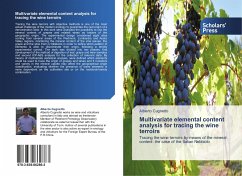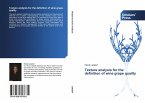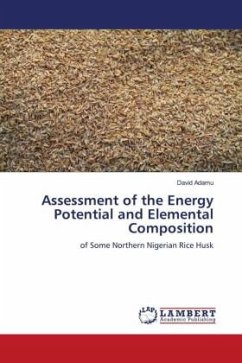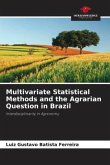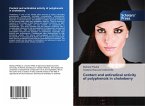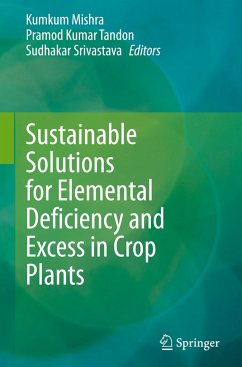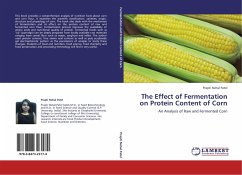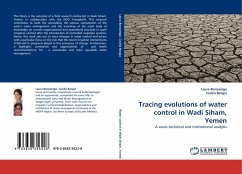Tracing the wine terroirs with objective methods is one of the most actual challenge of the modern enology to guarantee the real origin of a denomination wine. In this work were analyzed the possibility to use the mineral content of grapes and related wines as tracers of the geographic origin. The experimental design considered eight sites coming from several areas of the Piedmont, Lombardia and Aosta Valley regions, monitoring the mineral content of the vine leaves, the grape and the wine from cv Nebbiolo in order to define which pattern of elements is able to discriminate their origin, following a strictly experimental control. The work was divided into two phases: first development of the method of digestion of leaf, grape and wine samples and second ICP-AES analysis for the collection of relevant data. By means of multivariate statistical analysis, were defined which elements could be used to trace the origin of grapes and wines and if rootstock and variety in the mineral uptake may affect the geographical origin classification, evaluating whether the presence of some elements is more dependent on the cultivation site or on the rootstock/variety combination.

